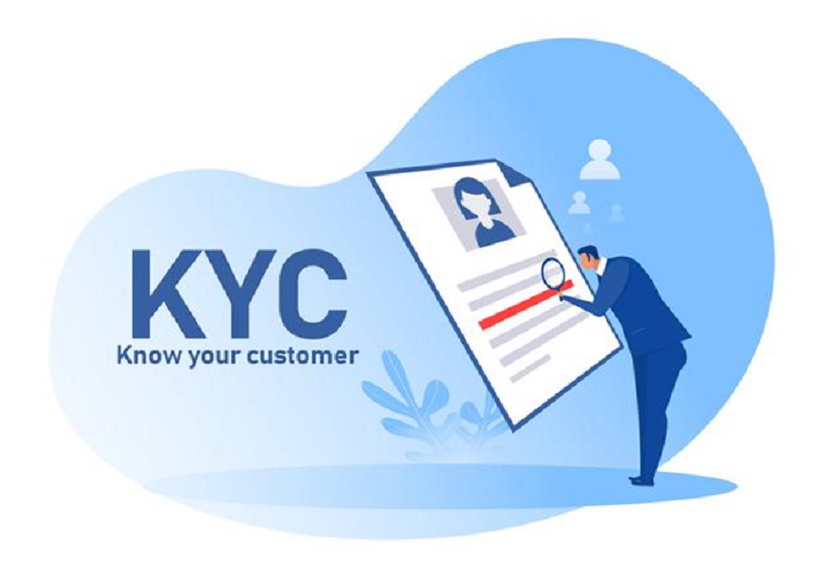When it comes to customer verification, the finance sector faces a huge dilemma. On the one hand, banking and other financial institutions are expected to provide a seamless customer experience. This includes faster customer onboarding and trusting the customer. But at the same time, banks face penalties and fines from banking regulators if they show inconsistencies in verification assessments.
To create the right balance, the RBI, financial institutions and FinTech companies follow a standard KYC procedure to verify and authenticate customer information. The KYC process is continually upgraded in compliance with banking norms and aims to make a more seamless customer experience.
At the start of 2020, the Reserve Bank of India (RBI) finally permitted video-based verification as a way to complete the KYC (Know Your Customer) process. Earlier, the process was carried out physically, where users had to go to the bank and submit verification documents. The more widely-used method is digital KYC wherein customers upload documents onto a website, app or portal.
Finance companies have been waiting for Video KYC permissions for a long time. It requires customers to get on a video call with the bank’s onboarding executive and hold up their documents for them to see. This makes the KYC process much faster and the onboarding process more seamless.
There are several challenges the KYC process faces that can be solved using Video KYC.
Challenges That Video KYC Overcomes:
1. Geographical Limitations
In keeping with the traditional KYC process, customers must submit their application form and verification and identifying documentation in person. This requires multiple visits to the bank, which means it needs to be convenient for customers to reach it. The physical KYC process limits a bank’s customer base to only those who can physically reach it.
The Video KYC process is conducted entirely on a video call. Customers can easily register for a call on the bank’s website instead of travelling the distance to the bank and waiting in long queues. The geotagging feature of the Video KYC process helps to authenticate the customer address immediately.
2. Tedious Documentation
The traditional KYC process requires a lot of paperwork. Comprehensive and detailed application forms, multiple copies of address and identification documents, bank statements and utility bills are some of the documents that every bank asks for. If even a single document is missing, customers often need to go back and start the process all over again.
With Video KYC, banks use APIs that work with soft copies of documents. They can easily authenticate the documents provided on the video call using these integrated APIs and facial recognition software. This ensures higher accuracy during verification without the hassle of multiple rounds of physical documentation.
3. Slow Onboarding
Customer onboarding is a long process and traditional KYC takes a while for approvals and verifications to come from different sources. When the KYC process gets too tedious, customers with urgent needs choose other informal lending sources. Even those whose needs are not too urgent might leave the process mid-way if it becomes tiring.
Video KYC authenticates customer information in real-time. Signatures on paper and executive visits are no longer needed. This speeds up the onboarding process significantly for all types of customers. Banking executives can also track the progress of the KYC process.
4. Compliance Costs
The additional burden on bank customers is the time and money spent going to the bank and navigating the different helpdesks.Video KYC solution providers use digitally-powered processes to make the Video KYC process easier to access and more affordable for customers.
Choose a Video KYC solution provider that can help you manage your entire customer verification and onboarding process on a single platform.











